Unleashing the Power of Multi-Agent Systems: A Hands-On Guide
Give me just 15 minutes, and I'll show you the skills to unlock hours of time-saving in multi-agent system development.
Hey there, fellow developers! Today, we’re diving into a world where teamwork isn’t just for people—it’s for intelligent agents too. Imagine having a team of mini-experts, each with their own special skills, working together to create smart, autonomous services.
In this article, I’m going to walk you through the core ideas behind multi-agent systems, share some real-world patterns to get you started, and show you how to think like a seasoned engineer while building these systems from the ground up.
What Are Multi-Agent Systems Anyway?
Picture a sports team where every player has a unique role, but they all pass the ball, share the play, and score together. That’s pretty much what a multi-agent system is!
Instead of a single program doing everything, you have many small “agents” that communicate, cooperate, and sometimes even lead one another to solve complex problems.
This approach not only makes your system more flexible and scalable but also mirrors how we work in real-life teams.
Structuring Your System: Architectural Patterns
Let’s start with the blueprint. When designing a multi-agent system, you need a clear structure that defines how agents interact. Here are a few common patterns:
1. Network Architecture
Imagine: Every agent is like a chatty colleague who can reach out to anyone else directly.
Why it’s cool: It’s super flexible. Each agent can decide on the fly whom to call based on the current task.
Heads-up: With great flexibility comes the need for smart coordination to avoid too much “talk” that could slow things down.
Explanation:
In this diagram, each agent can communicate directly with others, forming a flexible network. This peer-to-peer interaction allows agents to decide their communication pathways based on task requirements.
2. Supervisor Architecture
Imagine a team leader who directs the flow of work. Agents report back to this central boss.
Why it’s cool: It simplifies decisions and keeps everything coordinated—perfect for when the task order matters.
Tip: Use this when you need a clear command center to manage complex workflows.
Use the supervisor model for better control in complex workflows.
This pattern is easier to debug because you have one central control point.
3. Supervisor Tool-Calling Architecture
Imagine: Instead of a human leader, think of a smart system that knows which tool (or agent) to use for a specific job—like a high-tech switchboard operator.
Why it’s cool: It leverages modern AI (like those language models you’ve heard about) to decide which agent is best suited for a task.
Fun Fact: This pattern is becoming a game-changer in creating systems that adapt and evolve over time.
Implement tool calling with modern language models or APIs to dynamically assign tasks.
This is great when your agents are designed as reusable modules.
4. Hierarchical Architecture
Imagine multiple layers of leaders, like a corporate ladder where junior managers supervise teams and report to higher-ups.
Why it’s cool: It balances direct communication with top-down control, making it ideal for large projects.
Try this: Use it for enterprise-level applications where managing many agents requires a clear, tiered structure.
Use hierarchies to balance control and flexibility.
Ensure each level has clear responsibilities to avoid bottlenecks.
Getting Agents to Work Together: Design Patterns
Now that your agents have a home, how do you make sure they play well together? Let’s talk about some practical patterns:
Collaborative Task-Solving
Imagine breaking a giant project into bite-sized pieces. One agent might handle the planning, while another crunches the numbers.
Step-by-Step:
Divide the Task: Split the work into smaller, manageable subtasks.
Assign Roles: Let each agent focus on its area of expertise.
Merge the Results: Combine the outputs to solve the big problem.
Why it’s fun: It mirrors how real teams work, and you can see immediate improvements in efficiency.
Step-by-Step Approach:
Start by decomposing the task.
Identify which agent is best for each subtask.
Merge the outputs for the final solution.
It could be considered a very logical simillar to divide and conquer approach
Team Organization Patterns
Imagine a flexible team that adapts as the project evolves—just like in a startup.
Why it’s cool: You can rearrange the team based on the needs of the moment, ensuring you have the right mix of skills without wasting resources.
Quick Tip: Think of it as building a dynamic, on-demand squad for every challenge.
Create flexible teams that can be reconfigured on the fly.
Experiment with different team compositions to optimize performance.
Collaborative Loops
Imagine a conversation where feedback is constant, like brainstorming sessions where ideas keep getting better.
Why it’s cool: These loops help agents refine their outputs through continuous interaction.
Challenge Yourself: Try setting up iterative loops to see how small improvements add to a big win.
Collaboration Loops: Added dotted feedback arrows to show iterative refinement (e.g., subtasks reporting back up the hierarchy).
Action Labels: Used
|Delegates to|,|Breaks into|, and|Syncs with|to clarify relationships.Visual Contrast:
Tree: green theme for hierarchy/breakdowns.
Star: Orange theme for centralized coordination.
Direction Clarity: explicit
direction TBfor consistency.
Who Does What? Role Patterns in Action
In any team, knowing who’s doing what is key. In multi-agent systems, roles help keep things organized:
Manager Roles
Imagine: A virtual CEO who not only plans but also assigns tasks and oversees progress.
Why it’s cool: It ensures that every part of the system knows its job, creating a smooth workflow.
Real-World Example: Think of a project manager app that keeps all your tools and team members aligned.
Specialist Roles
Imagine: Agents that are like the pros in their field—a content creator, a data analyst, or a software guru.
Why it’s cool: When each agent excels at one thing, the overall performance skyrockets.
Hands-On: Start by identifying key tasks in your project and assign each to a specialist agent.
Coordination Roles
Imagine: The bridge between different experts—like a team coordinator ensuring everyone is on the same page.
Why it’s cool: It keeps communication flowing and prevents missteps.
Step-by-Step: Implement simple protocols (even something like regular status updates) to make sure everyone stays synced.
Assign clear roles to improve collaboration and reduce overlap.
Experiment with role-switching to simulate real-world team dynamics.
Keeping It Resilient: Service Autonomy Patterns
A robust system must keep running even when parts of it change. Here’s how to build that resilience:
Design-Time Autonomy
Imagine a service that can be updated or swapped out without breaking the whole system.
Why it’s cool: It’s like having a plug-and-play setup for your software.
Try It: Develop your agents with loose connections so you can upgrade one without affecting the others.
Run-Time Autonomy
Imagine a system that can handle hiccups gracefully—like a car that can keep going even if one tire goes flat.
Why it’s cool: It boosts reliability, making sure your service keeps humming even under stress.
Pro Tip: Incorporate fallback options to ensure continuous operation.
Composition Autonomy
Imagine: Different agents coming together for a task without losing their independence.
Why it’s cool: It strikes the perfect balance between working as a team and maintaining unique strengths.
Experiment: Try composing new service combinations on the fly and watch your system adapt.
Architect’s Tip:
Develop services that can be independently upgraded.
Ensure fallback mechanisms are in place for run-time resilience.
Let’s Talk Communication: Coordination Patterns
Effective communication is the secret sauce of any successful team.
Self-Organization
Imagine: agents that figure out how to organize themselves without needing a boss to constantly steer them.
Why it’s cool: It creates a system that can adapt to changes on its own.
Challenge: Set up basic rules and watch your agents dynamically form efficient workflows.
Bidirectional Communication
Imagine: two-way conversations where agents learn from each other, much like a ping-pong match of ideas.
Why it’s cool: Feedback loops improve the quality of outcomes.
Hands-On: Build simple messaging protocols between agents and iterate based on their interactions.
Human-Agent Collaboration
Imagine: The best of both worlds—human creativity and machine efficiency working side by side.
Why it’s cool: It leverages human judgment where it counts while letting agents handle repetitive tasks.
Real-World Tip: Integrate checkpoints where a human can step in to adjust the course when needed.
Architect’s Advice:
Set up checkpoints where human judgment can guide agent decisions.
Use this pattern to leverage the best of both worlds: human creativity and machine efficiency.
Bringing It All Together: Implementation Frameworks
To put all these ideas into practice, you’ll need a framework that ties everything together. One standout example is MetaGPT. This innovative approach sets up standard operating procedures that mimic a real-world assembly line:
Step-by-Step:
Define Roles: Clearly assign each agent (like Product Manager, Engineer, QA) to specific tasks.
Set Communication Rules: Create simple protocols that guide how agents share information.
Iterate and Improve: Use feedback loops to continuously refine the process.
Why it’s cool: It offers a hands-on, practical way to see how multi-agent systems can be both efficient and adaptable.
Wrapping Up and Looking Ahead
There you have it—a whirlwind tour of the exciting world of multi-agent systems! By breaking down the complex ideas into manageable chunks, we’ve seen how different patterns help build flexible, reliable, and smart autonomous services. Whether it’s through dynamic communication, smart role assignments, or robust architectures, the future is all about making our systems as adaptive and human-like as possible.
Stay tuned! In our next article, we’re going to roll up our sleeves and build a mini multi-agent system from scratch. We’ll walk through every step—from setting up your first agent to seeing how they work together to solve real-world problems. Trust me, you won’t want to miss it!
Until next time, keep coding, keep exploring, and remember: teamwork makes the dream work, even when it’s done by machines!





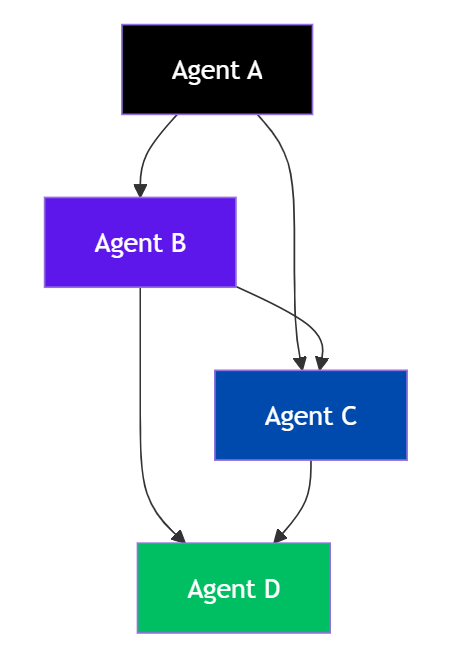

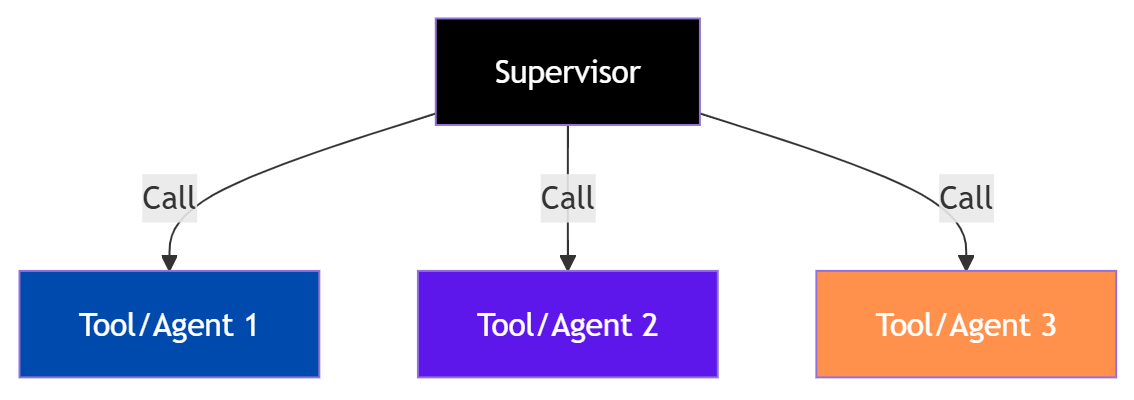
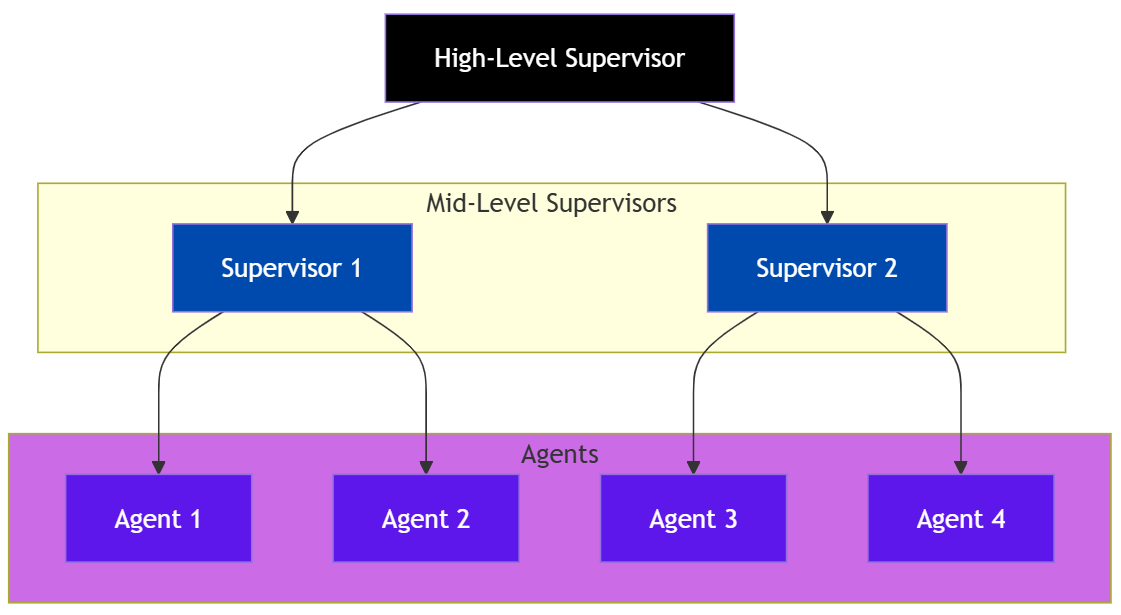
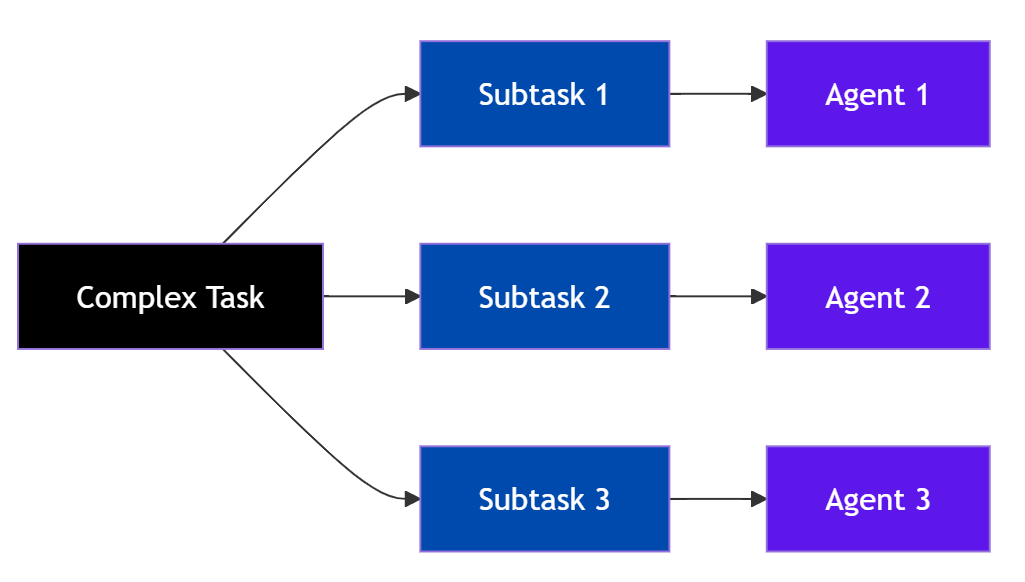
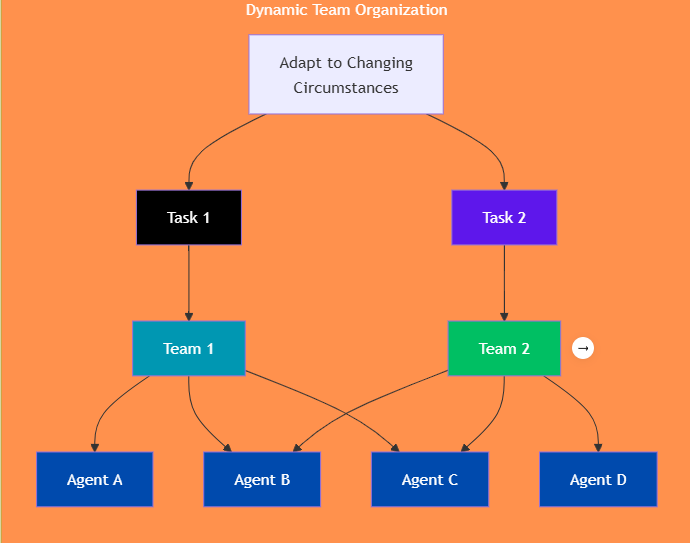
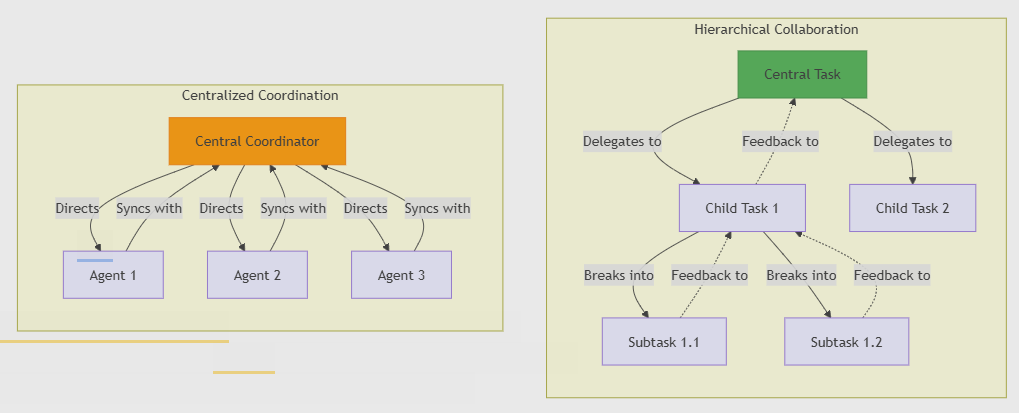
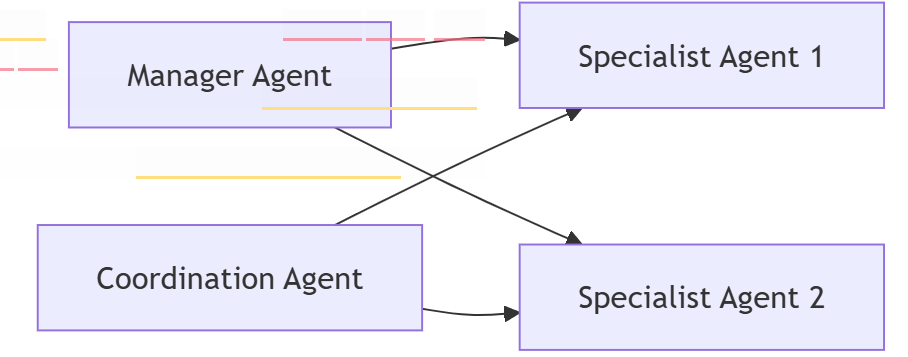
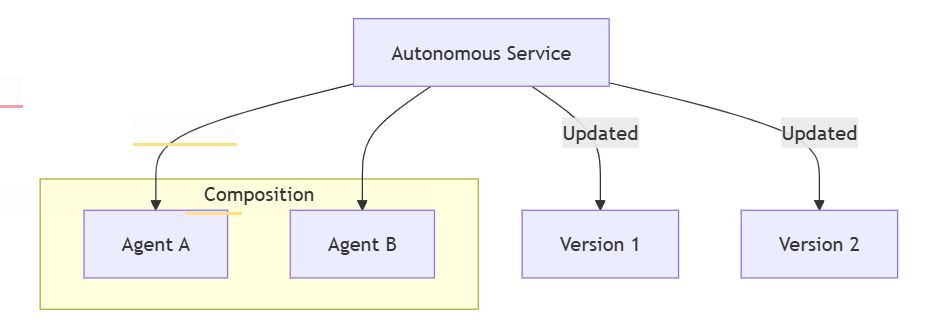



This is the perfact article for understanding the architecture and design pattern in agent development. I bet this is the best article